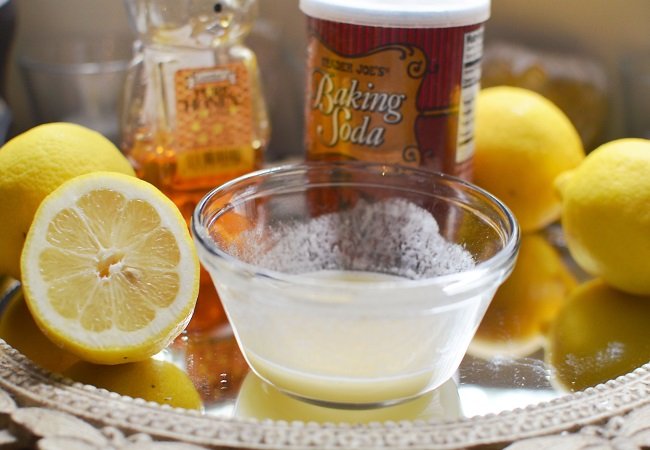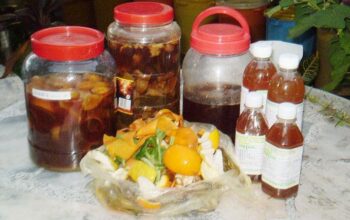A bright, white smile is more than just a cosmetic asset—it’s a confidence booster and a sign of good oral health. While professional teeth whitening treatments can be expensive, many effective solutions can be found right in your home. This comprehensive guide explores natural remedies that can help you achieve a radiant smile without breaking the bank.
Dietary Changes for a Whiter Smile
The journey to whiter teeth begins with what you eat and drink. Certain foods and beverages are notorious for causing tooth stains, including:
- Coffee and tea
- Red wine
- Dark sodas
- Berries with deep pigmentation
Conversely, some foods can naturally help whiten your teeth. Crunchy fruits and vegetables like apples, pears, celery, and carrots act as natural tooth scrubbers. These foods stimulate saliva production, which helps wash away surface stains and bacteria. By making strategic dietary choices, you can support your teeth whitening efforts from the inside out.
Brushing with Baking Soda
Baking soda is a powerful, natural whitening agent that has been used for decades. Its mild abrasive properties help remove surface stains effectively. To create a baking soda paste, simply mix a small amount of baking soda with water until it forms a smooth consistency.
Caution: While effective, baking soda should be used sparingly—no more than two or three times per week. Excessive use can potentially damage tooth enamel due to its abrasive nature.
Hydrogen Peroxide: A Natural Bleaching Agent
Hydrogen peroxide is another powerful teeth whitening solution found in many commercial whitening products. When used correctly, it can help remove stains and lighten tooth color. However, it’s crucial to dilute hydrogen peroxide properly to prevent gum irritation.
A safe method is to create a rinse by mixing equal parts hydrogen peroxide and water. Swish the solution in your mouth for 30-60 seconds, then thoroughly rinse with water. It’s recommended to limit this treatment to once or twice a week.
Oil Pulling: An Ancient Oral Health Practice
Oil pulling is an ancient technique originating from Ayurvedic medicine that offers multiple oral health benefits. By swishing oil in your mouth, you can potentially remove bacteria, reduce plaque, and contribute to teeth whitening.
Popular oils for this practice include:
- Coconut oil
- Sesame oil
- Sunflower oil
To practice oil pulling, swish about a tablespoon of oil in your mouth for 15-20 minutes, then spit it out and rinse thoroughly. This technique is best done before brushing your teeth in the morning.
Strawberry and Baking Soda Paste
A delicious and potentially effective teeth whitening method involves creating a paste from strawberries and baking soda. Strawberries contain malic acid, which can help break down surface stains. Combine mashed strawberries with a small amount of baking soda to create a natural whitening treatment.
Safety and Precautions
While these home remedies can be effective, they are not without risks. Individuals with sensitive teeth, existing dental conditions, or those who are pregnant should consult a dentist before trying these methods.
Signs that you should stop a home whitening treatment include:
- Increased tooth sensitivity
- Gum irritation
- Uneven whitening
Conclusion
Natural teeth whitening remedies offer an accessible and affordable alternative to professional treatments. By incorporating these methods into your oral hygiene routine and maintaining good dietary habits, you can work towards a brighter, more confident smile.
Remember, consistency is key, and results may vary. Always prioritize overall oral health and consult with dental professionals for personalized advice.





